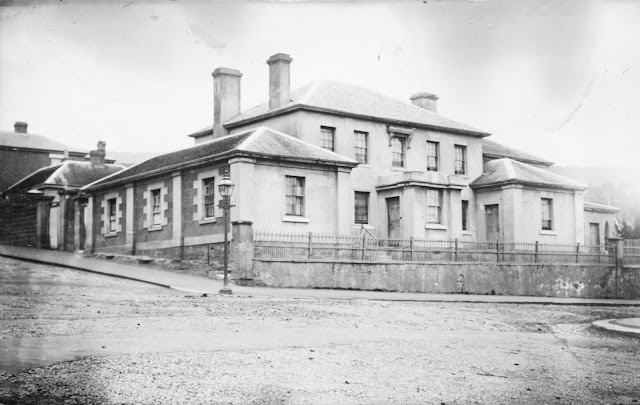No. 962 - Claude Road Methodist Church (1890-1974) - "The Church in the Greenwood"

Claude Road is a rural settlement approximately 10 kilometres south of Sheffield centred on the Dasher River. The area has some history of some mining but logging was once a significant industry. The settlement once had a Methodist Church but the only tangible reminder of its existence is the Claude Road Cemetery. The church opened in 1890 although Methodist services had been held in homes prior to this. A correspondent writing to the Colonist in September 1890 provides a rich source of information about the church’s establishment: “…About five or six miles from Sheffield, on the road to Middlesex, you pass over the Dasher Bridge, and here, along and around the valley of the Dasher, a settlement has gradually been forming and rising into more notice and importance. ….For some years past services have been held in connection with the Wesleyan Church, and I think it has been in connection with those services that the name of Claude-Road has gradually been assumed and adopted. On Sunda...









